I was just on the This Life without Limits podcast: audio here and video here!
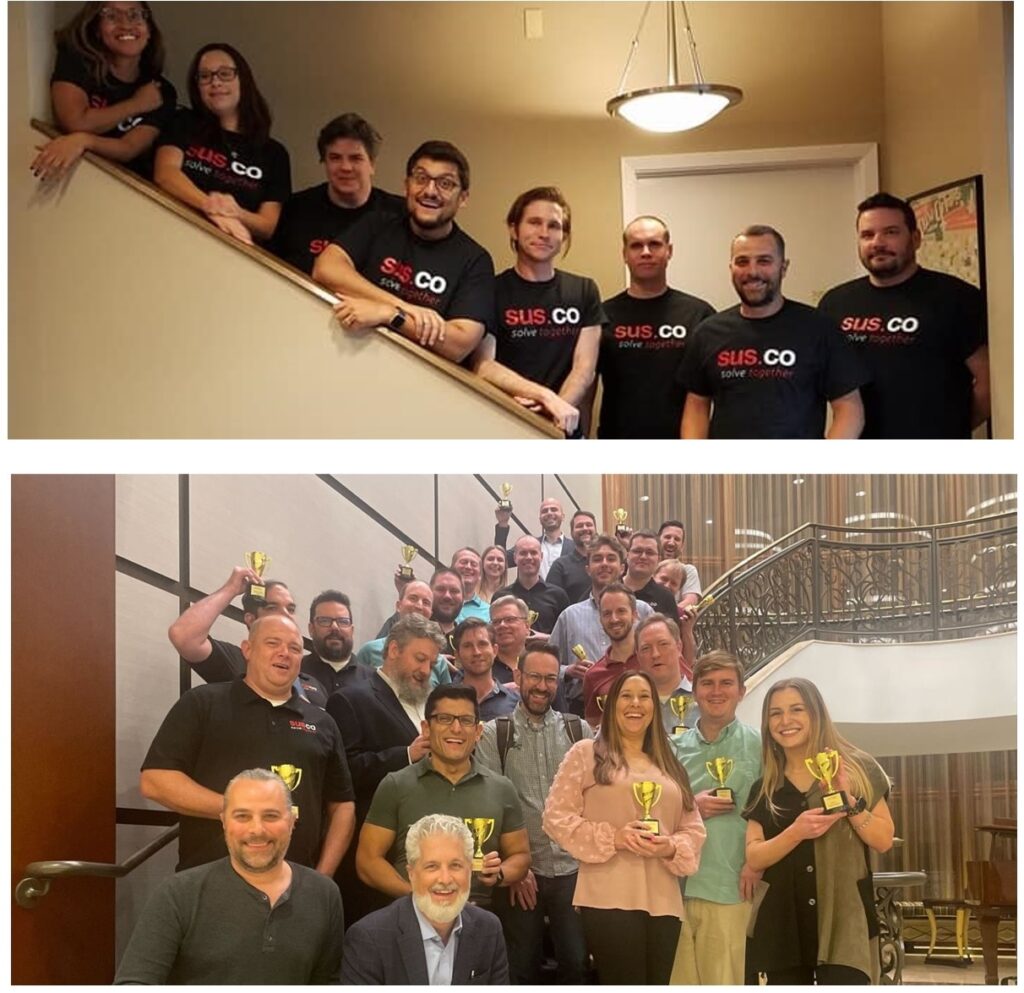
Purpose of this Post
I wanted to compile a master list of concepts I’ve learned to drive personal transformation and how those concepts can be applied to one’s business / professional life.
There is more content to come, but there’s a lot in here. You may enjoy reading all at once or enjoy a-la-carte via the Table of Contents.
- Purpose of this Post
- Why I’m obsessed with People Development. (My Purpose)
- Backstory
- Purpose, Vision, & Goals
- Understanding Needs
- Dealing with Limiting Beliefs
- Managing Change
- Personality
- Pulling it all together: Purpose/Vision/Goals Revisited
- Appendix
Why I’m obsessed with People Development. (My Purpose)
The West is at a crossroads. I see two paths ahead of us. On one path, we achieve Gene Roddenberry’s vision of abundance on earth and a dedication to the exploration of outer space and our own inner space. On the other path, we’re a civilization in decline, with each generation not even having enough children to replace themselves and living without a sense of meaning.
Why do I believe this? Between 1980 and 2020 in the US, our material wealth has skyrocketed yet we’re less happy. While it’s no surprise the rich got richer. 50% fewer people live in poverty, 41% of the people in the lower middle class became middle class.
However, during the same time, significantly fewer people believe their life has purpose or that they can achieve the American Dream. Anxiety & depression rates have doubled, and obesity has tripled.
I believe this is driven by many factors. Things that gave us meaning are fading – beliefs in a higher power, the desire to raise a family, & faith in hard work. We’re bombarded with 9x more negative news than before, are exposed to a constant stream of ads and social media posts that tell us we’re lacking. Fatherless homes have tripled, and the food we’re eating is poisoning us.
Here’s the thing. All parents do their best with the knowledge they have. Schools try their hardest with the tools they have. But today’s world is more complicated than ever, and many children aren’t reaching adulthood with all the knowledge & skills they need to unleash their full human potential.
As businesses, we have a choice – we can treat the symptoms of this – setting lower goals, providing more vacation and “mental health days”, giving less direct feedback, etc. We can hope that the government gets their act together to fix the systemic issues and pray someday that things get better.
I believe the 21st-century employer can fill that gap.
- We can provide compassion, encouragement, and accountability that promotes sustainable development.
- We can provide training that teaches critical interpersonal skills that apply at home and at work.
- We can provide coaching on how to create a meaningful vision for their lives, and goals to get there.
- We can provide tools they can use to work on their limiting beliefs to unshackle them from the past.
- We can provide education & peer learning to promote exercise and a healthy relationship with food.
Can we be a supporting character in their hero’s journey, so they reach their full human potential?
Yes. We. Can.
And as people elevate themselves, everyone thrives – their families, the company, the community, and eventually, the world. This may sound too good to be true, but we’ve been on this path at Susco for almost a decade. We have a 95th percentile employer rating on Glassdoor and a vendor rating on Clutch. We have industry-beating EBITDA and have been on the Inc 5000 list for the past 4 years. It can be done.
Let’s boldly go toward the Star Trek future, not the Mad Max one.
If not us, then who? If not now, then when?
Neel
Backstory
The Tipping Point
In August of 2016, I had a mid-life crisis. I was burned out mentally and physically, I was a wreck. Susco revenue was at $1M, was not very profitable, our employee satisfaction was a 6/10, the average tenure was 2 years, and I was working 70 hours a week.
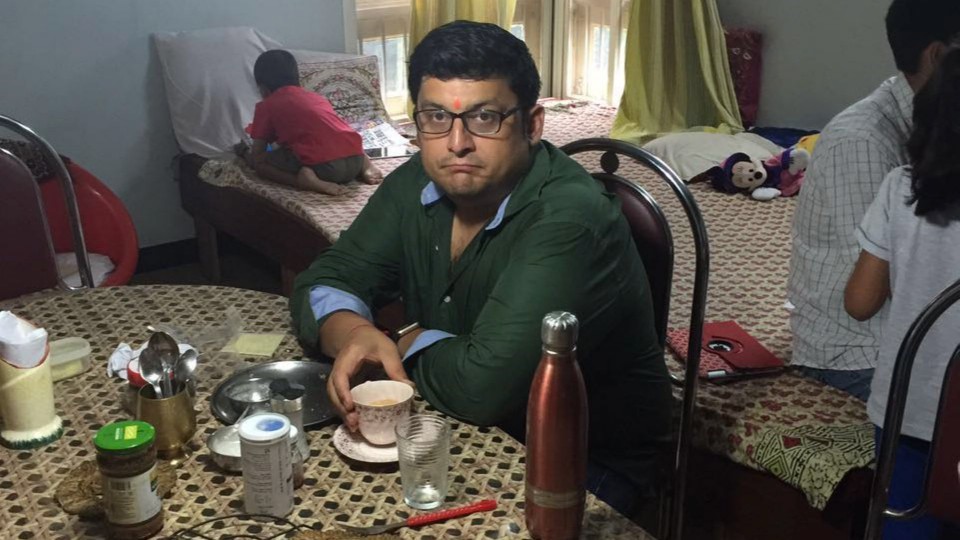
This started a vision quest, where so far I’ve appeared to unlock a lot of my potential.
- 280 lb -> 160 lb (50% BF to 8-10% BF)
- Very Rocky Marriage -> Happy Marriage (same woman!)
- Susco at $1M/year Revenue -> $10M/year revenue (2023 run-rate)
- Working 70 hours/wk (to survive) -> 50 hours/wk (because I love it)
- On Ambien/Vyvanse/Wellbutrin -> No meds, great sleep & mood regulation
- Overactive stress response -> 5th percentile neuroticism
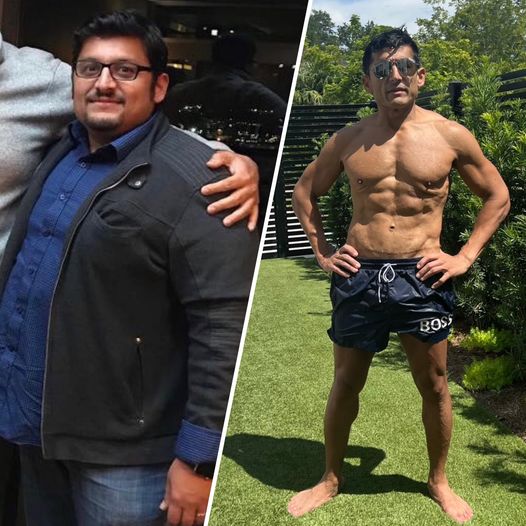
So what the hell happened in those years?
Back in August of 2016, I had just turned 39. Walking up the stairs on the way to smoke my 10th cigarette of the day, my knees started hurting. I had an epiphany. I was a hot mess! I was 120 lbs overweight, comfort eating, smoking 1½ packs a day, my marriage was not in great shape and I hadn’t been sleeping well, needing ambien to sleep. I was working 70 hours a week and not getting the results I wanted.

I don’t know about you, but when my dad turned 40, he had his stuff together. He was in good shape, had a happy marriage, came home at a reasonable time, all while having a great career. He had the time to make sure my brother and I were excelling academically, too. In short, he was what I consider a grown man.
Only a year away from turning 40, I knew he had a lot of work to do to get to that point himself.
So, what next?
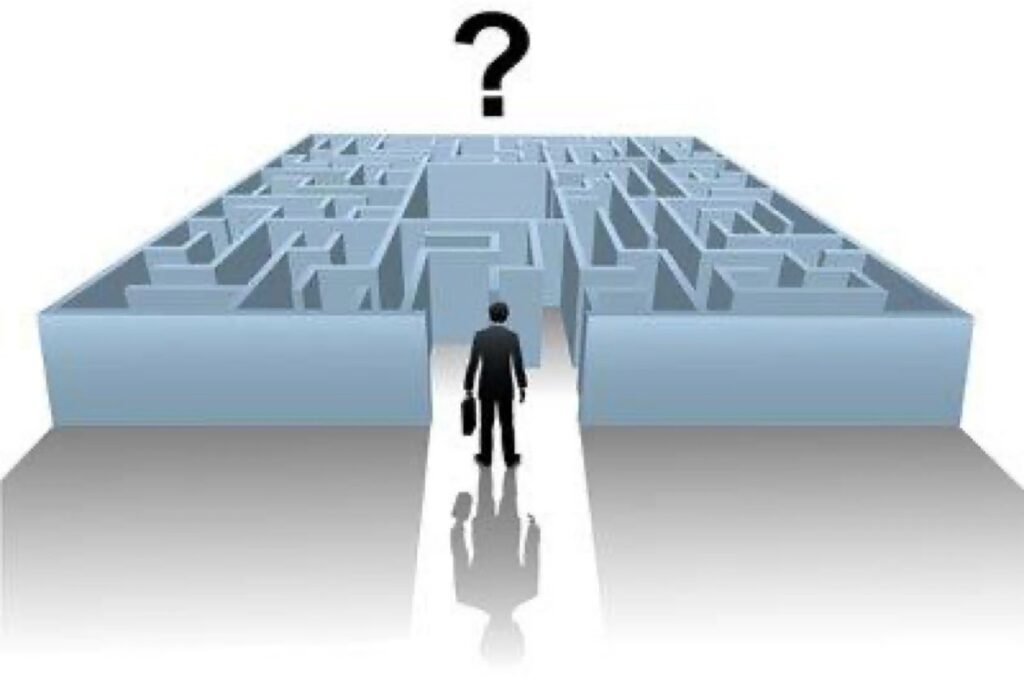
I knew things had to change, but I also knew it couldn’t just be surface level changes. I’d made those before, and they never stuck. I knew that the change had to come from deep within.
But where do you even start with a challenge as big as this? Then, I remembered I’d been here before.
Lessons from 2006
When I started in business in 2006, I had no business background whatsoever. My major at Tulane was Mechanical Engineering and Pre-Med (I know, I know, I’m a walking stereotype). All I knew is that I loved creating software to make people’s lives easier, but that was it. Luckily, my parents had drilled into me a real thirst for learning in any way I could, so that’s what I did.
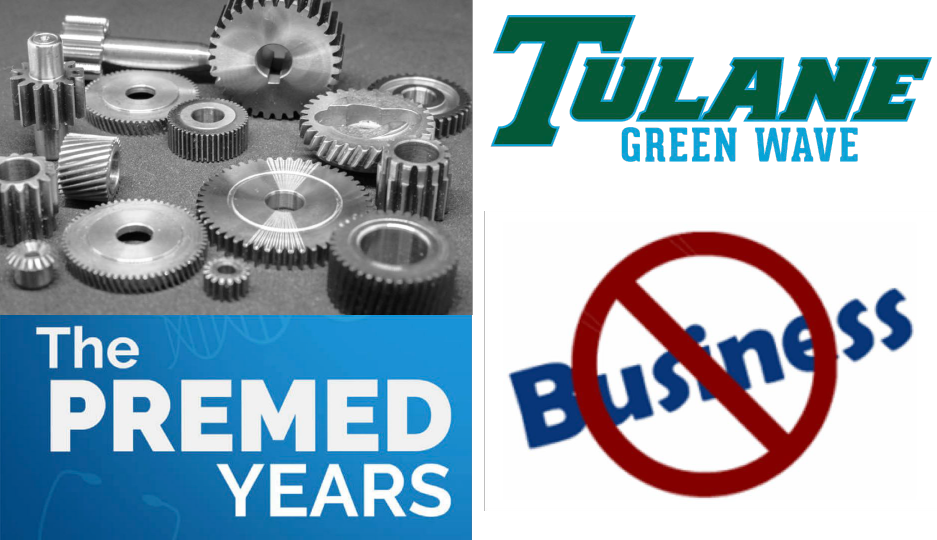
Learning About Business & Software
I began to read everything I could. I inhaled books like “Good to Great,” “The eMyth” and “Joel on Software.” I got mentors—people that had built successful 10, 20, 100-person companies. I leveraged peer learning, joining the EO Accelerator Program for businesses with less than $1M in revenue.
I applied all of these learnings to my own personal development. I cut my Netflix time from eight (8) hours per week to one (1) and replaced it with getting coached on personal development, reading everything I could, from “The Four Agreements” to “Tools of Titans.” I went very deep personally with peer-learning, namely from the EO forum.
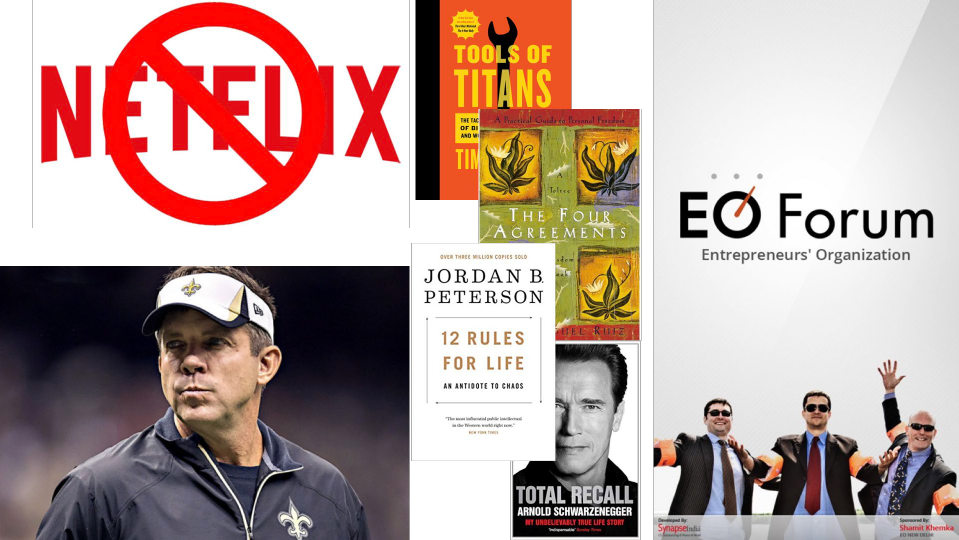
In order to fully address the change that needed to be made, I knew that I had to break down my growth goals into sub-categories.
- Purpose, Vision, and Goals
- Understand Needs
- Dealing with Limiting Beliefs
- Managing Change
- Personality: Understanding your Hard-wiring
Purpose, Vision, & Goals
This wasn’t the first time I had adopted new habits for my health benefits. I’d done it 1998, 2003 and in 2011. Each time, within a year of hitting my weight loss goal, I’d gained the weight back.Ego-Based Goals Don’t Stand the Test of Time
Ego-Based Goals Don’t Stand the Test of Time
Why is that? Well, let’s look at what my goals were.
In 1998, when I was in college, I wanted to lose weight to impress girls (classic). In 2003, I was getting married and wanting to be a handsome groom. In 2011, I wanted to look the part of the award-winning entrepreneur. (Susco was a first- mover in mobile app development, and we grew rapidly while getting explosive recognition in the Greater New Orleans business community).
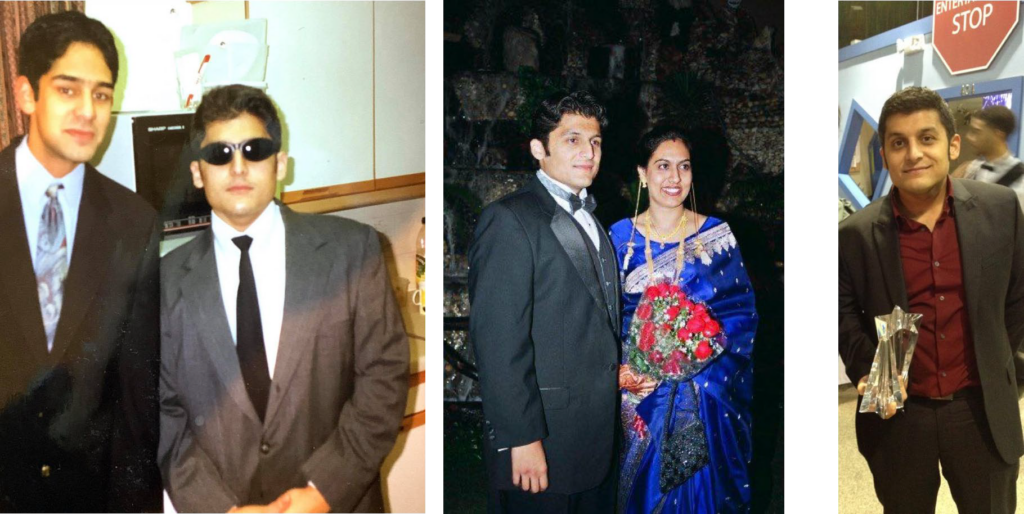
Each time, once I hit the short-term, ego-based goal, my internal “incentive system” turned off. My body was telling me that I didn’t need to try as hard anymore.
This time had to be different, and it was.
Purpose
I had a clear purpose, one that was bigger than himself:
“To be a role model for what a fulfilled and successful person looks like for my kids, as they emulate what you do, not what you say.”
Vision
My vision (or my Heaven) was to:
“Become a fit me, walking my daughter down the aisle and giving an awesome speech at the wedding.”
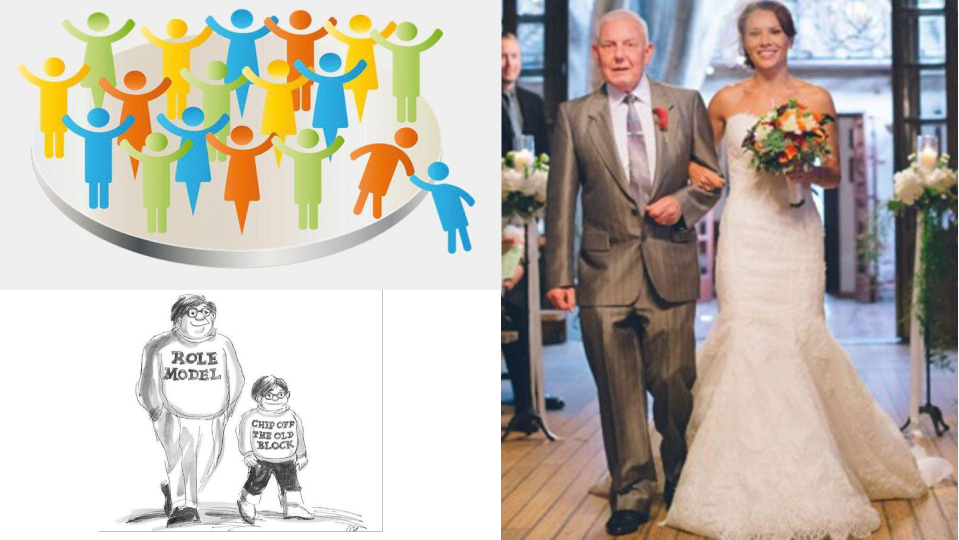
My Anti-Vision (or my Hell) was:
“Someone else is walking her down the aisle because I died and my wife remarried to some schmuck.”
This time was different because I now had a vision that was (1) bigger than myself and (2) far off in the future.
How do I develop Purpose, Vision, and Goals?
This can seem like a daunting task! I have found an easier way to tackle this is a 3 step process…
- Discover Your Core Values
- Develop a Purpose and Vision for each Area of Life – in alignment with your Values
- See the pattern in the Area of Life answers to come up with a Global Purpose and Vision
Discover your Core Values
What do you hold dear? Fairness, Efficiency, Fun? Here’s an exercise to help you find tha
- Think about a person you greatly admire and write down 3 traits about them you love.
- Pick a person you can’t stand and write down what 3 values they have. Now take those 3 and write down the opposites of those.
- Imagine a camera crew was following you around 24 hours a day for 2 days, what 3 things about you would you hope they observe
- Take that list of 9 things, and consolidate them into 4-6 Values. This should be easy.
- See if you can make an action statement out of each one.
- Let’s say encouragement is a value.
- “I am a source of encouragement for all people I encounter” becomes an action statement
Validate your Core Values with YOUR Stories
I discovered my Core Values were:
- Action
- Communication
- Teamwork
- Efficiency
For each one, I dug deep and asked myself how I got here.
Action
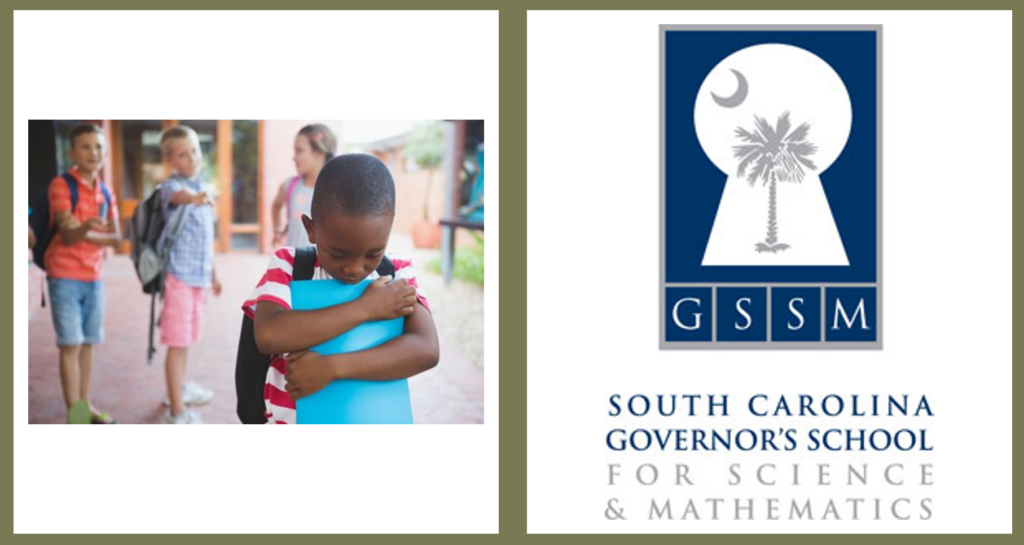
Grew up in rural SC and was picked on quite a bit. Decided that I didn’t have friends because they were racist and stupid.
Went to SC GSSM (which is full of diversity and brilliant kids), and still didn’t have friends. Roommate informed me that the reason these kids didn’t like me was I was a condescending jerk.
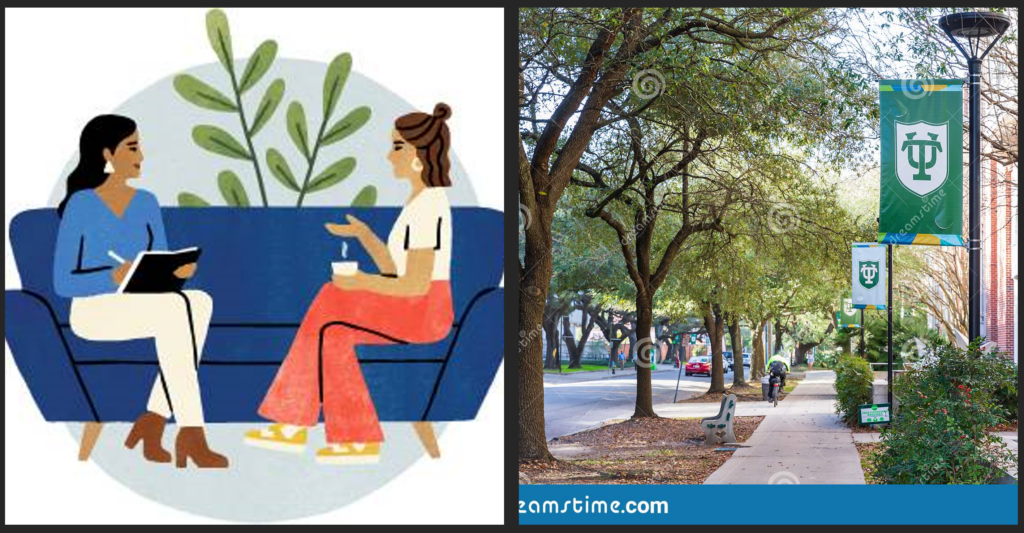
Fell into a depression, saw a therapist, ended up on Zoloft for a while to help me navigate.He helped me see that I needed to take ownership of my actions and not let my past social failures dictate the way I treated people now.
Communication
When I went to Tulane, I made it a point to be much more affable, and when people rubbed me the wrong way with a comment, to give them the benefit of the doubt and not let myself become a “reactor” by becoming a condescending jerk in response to something that was said.

I remember meeting Alan Jathoo for the first time like it was yesterday. I was a Freshman at Tulane and was attending an IATU event. This 5’4” Indian guy in a tailored suit comes sauntering to the stage to speak to us. He was speaking to us because he was running for student body president and wanted to get out the Indian vote. I’m not sure how much of it was the fact that he had never shown up before, or how stylish he was, or how confident he was, but I took an immediate dislike to him. Needless to say, he won the race.
As luck would have it, for sophomore year, I was assigned to be an administrative assistant in the ASB for my work study. And of course, my boss was none other than President Alan Jathoo.

Being in the office, I got to see first-hand how he dealt with people. When students from other organizations came in with concerns, Alan would hear them out, make sure he understood them, and only after they felt heard did he go into his needs. He was quick to compliment authentically and crack a joke. I can’t count the number of times I saw a meeting on his books which I expected a disaster because of the attendee or topic, but that he aced.Not just that, even if he couldn’t give the other party what they wanted, they still liked him on the way out the door.
He and I became close, up until the time I left for summer. I did a junior year abroad, and when I was a senior, we reconnected and became close friends. It was as this point he took me under his wing socially, and I learned a lot about social dynamics in friendship and courtship – as he applied principles to student government life also to his personal life with much success.
Another lesson that’s more related to my obsession with growth is that he wasn’t always fashion forward or socially adept, these are things he picked up in high school, he was able to help me pick up over the course of 2 years of hanging out… and a lot of coaching.

Another lesson that’s more related to my obsession with growth is that he wasn’t always fashion forward or socially adept, these are things he picked up in high school, he was able to help me pick up over the course of 2 years of hanging out… and a lot of coaching.
Teamwork

In Jan of 2003, partially because of the accolades of the electronic work order system, I was promoted to being the LPD17 EVMS team lead. I had just gotten engaged to Ruchi, and I can’t tell you how pumped I was.
Flash forward 2 months, and I had 2 big problems – I was struggling to lose weight before the wedding and I was struggling to get the desired results I wanted from the team.
So… I called a college buddy that worked at GE and got him to send me a 360 eval, and gave it to my team to fill out anonymously.
The team gave me candid difficult feedback.
By the time I had my eval the next year I got high marks.

Kaci, who was one of the ones with harsh feedback, jogged with me after work everyday, which got me to fighting weight for the wedding. This taught me the value of trust and working together for common goals, work related and not.
Efficiency

My parents are from Srinagar, the capital of Kashmir in India. They didn’t have a lot of wealth and were raised to not waste anything.

I remember my mom always insisting I get a really short haircut to get our moneys worth, or to eat a ton of meat before eating rice and egg rolls at the Chinese buffet.
Now, while it was much later in life I picked up a desire not to waste material goods, like many developers I instinctively had a desire to not waste TIME. Ie I liked to avoid unnecessary work.
This manifested in knocking out homework in study hall so I could spend more time playing Nintendo at home, or how I learned early on to read while on an elliptical.

Alluding back to the origin story, once I saw how much time we had lost because of the badly written work orders, I had to fix it.
Purpose & Vision By Area of Life

It’s a lot easier to think about the future in terms of sub-aspects of your life. Here’s a common breakdown of Areas. You may want to combine the areas.
- Friends
- Family
- Health
- Community
- Spirituality
- Personal Development
- Recreation
- Finance
- Career
For each area, ask yourself “If I’m the best version of myself in 3, 5, 10, 20 years, what does life look like”. Reference your values when doing this. Try to paint a picture in detail (like I did for my Health vision).
Does reading it make you excited? Hopeful? Proud? Nervous you may not get there? Good! You’re done.
Now here’s the not-so-fun part – “If I’m the worst version of myself in X years, what does life look at”.
Does reading it make you scared, concerned, possibly ashamed? Good!
Why do an Anti-Vision? It’s because we humans not only need something to aspire to BUT also something scary to run away from.
Now that this is done, you can ask yourself, “Why is achieving this Vision important for this area of life?” It should come easily. There’s your Area’s Purpose.
And finally, with a clear Why (purpose) for each area of LIfe, and a Vision of the future state, you’ll be able to see the pattern and come up with your global Purpose and Vision.
Goals
Now that you’re clear on what life looks like in each Area in 3,5,10, 20 years, now you can make 1 Year Goals to put you in the path to your vision.
Remember, a goal is an outcome, not an action. And all goals should be SMART.
- Specific
- Measurable
- Achievable
- Relevant
- Time-Bound
When you create your goals, be realistic and take advantage of the entire year. Don’t set all your deadlines for the end of the year because they’ll pile up. Now you can make action steps to help you get to your goals.
Purpose at Susco
2005 / First touched by Purpose / Susco Origin
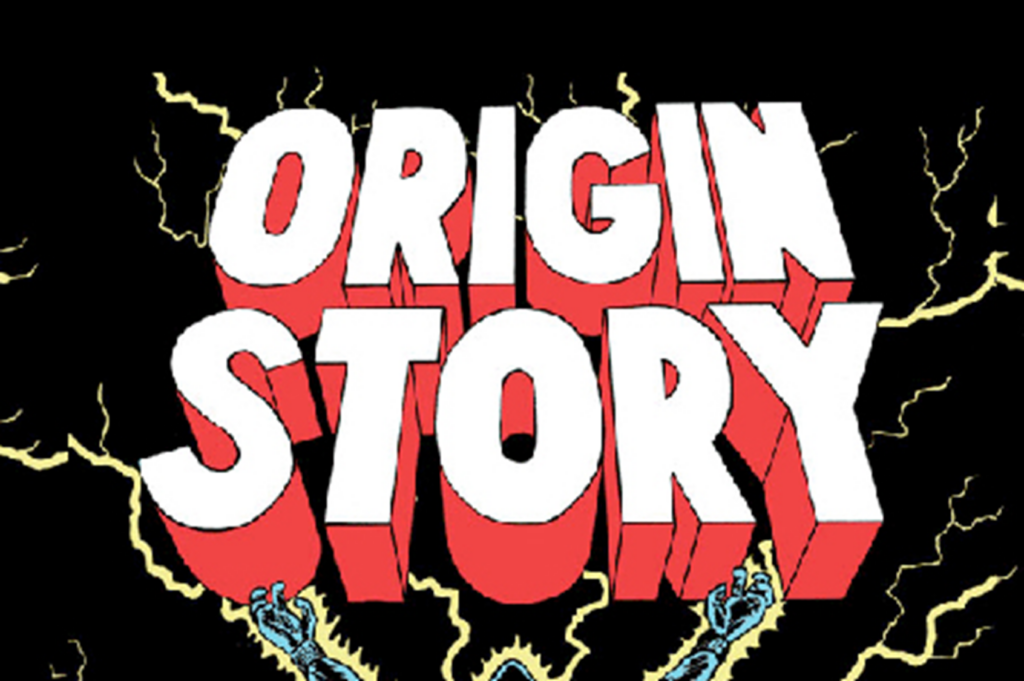
From 2001-2006, I was in EVMS for the LPD program at Avondale Shipyards.

The Industrial Enginnering group was writing work orders (tasks) by hand, then it would go into a mainframe. It takes 6,000 work orders to build a $1B LPD, and there where many data entry entries. My team was spending half their time fixing work order errors instead of doing cost/schedule analysis and this drove me nuts.
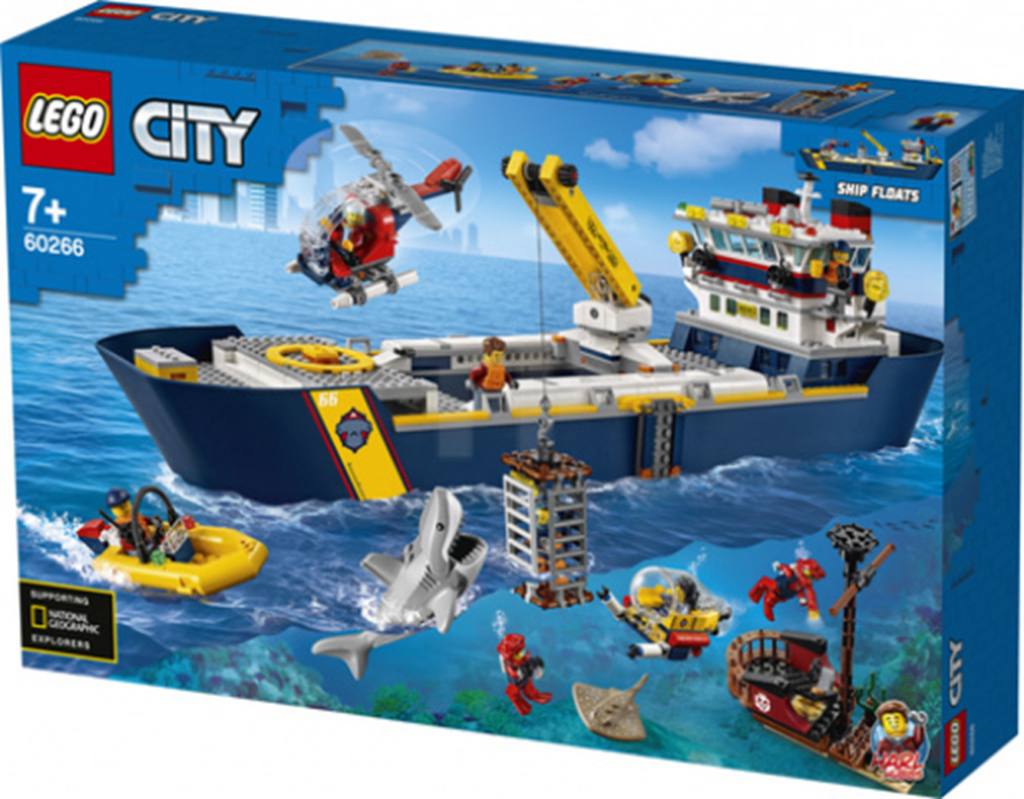
So in 2002, I taught himself programming and created an electronic WO system to solve this problem. Management loved it, and I was impacted by how relived the users were to have a solution to make their lives easier.

I continued my career in EVMS, becoming manager of the department, while concurrently build departmental apps.
In Early 2005, I started to do side work to help friends with data management / software needs, but my goal was to stay in the defense contracting track, with the goal to eventually be a VP of Process Improvement at a Lockhead Martin or Northrop Grumman – probably living in DC.
In August 2005, Katrina happened.

Two weeks afterward, as I was helping a client and his wife set up shop in Baton Rouge, we found ourselves crying our eyes out – but he was committed to bringing his business back to life… and back to New Orleans.

I didn’t realize it yet but I found a purpose – to be part of the rebirth of New Orleans. By May 2006, I kicked off Susco fulltime.
2012 / Purpose Revisit
The year was 2012, and things were hard. While my purpose was to be part of the rebirth of New Orleans, at the time, the closest thing Susco had to a purpose was “Work Less, Do More”.
That was no longer good enough for me, and I had to decide if I wanted to stick with it or start a career (law/medicine)
I asked everyone at Susco to figure out what about the world they hated the most.

Some said poverty, others lack of opp for kids, etc. We synthesized this into a purpose of “To reduce suffering with technology”

We were going to rename the company to make it less about me when a long-time employee let me know that “sus” in Latin is “to solve” and Susco became retconned to solve together.
Note: You could modify this exercise and come up with a list of all the things you can’t stand about the world and see if a pattern emerges.
Susco Purpose & Vision Now
Our purpose has evolved over the years and is now…
To enable people to contribute in meaningful and fulfilling ways.
We live this purpose in 3 main ways:
- Our Clients/End Users: Unleash human potential with enterprise software.
- Our Team: Facilitate the holistic development of our teammates (via their work and special growth projects).
- Our Community: Support organizations that help disadvantaged individuals achieve the American Dream.
Our Vision / Big Hairy Audacious Goal (BHAG) is to make Susco a $100M/year revenue company, that’s nationally recognized as a leader of claims management technology services and products, with major inroads in adjacent sectors including insurance and disaster recovery.
Leading with Why day-to-day
This philosophy and practice has impacted my leadership. As leaders, many of us are in a hurry. We do a good job explaining “what” we do, seldom clarify “how” we do it, and we rarely explain “why” a project, module or task is important.
When you lead with why, it makes it easier for the receiver to understand the “what” you’re explaining, even if there are gaps. When we’re in conflict with someone we’re leading, we should ask ourselves “how is this helping us achieve our goals and vision?” and try to get alignment on that with the other party, so it’s less about ego and more about outcome.
Understanding Needs
While their importance to us varies, we all have six (6) core needs (this is the Tony Robbins model of needs).
- Certainty: assurance you can avoid pain and gain pleasure
- Uncertainty/Variety: the need for the unknown, change, new stimuli
- Significance: feeling unique, important, special or needed
- Connection/Love: a strong feeling of closeness or union with someone or something
- Growth: an expansion of capacity, capability or understanding
- Contribution: a sense of service and focus on helping, giving to and supporting others
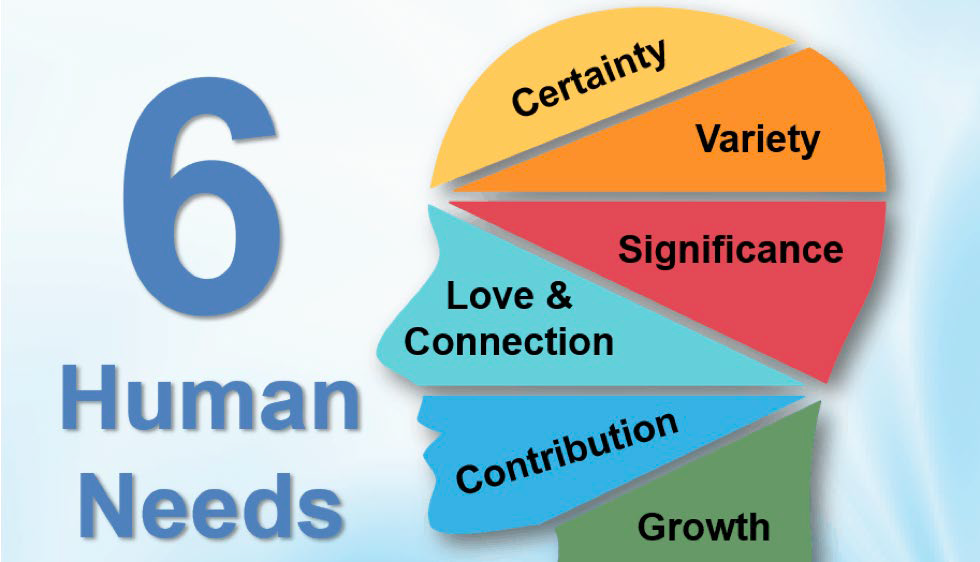
Unfortunately, many of us don’t spend time on the spiritual needs of Growth and Contribution, because we’re filling our needs elsewhere. We all find ways to meet these needs, some productive, some not productive. When I met needs in an unproductive way, I was sacrificing the future for temptations in the present.
Pro Tip: If you do something you come to quickly regret, it’s very possible that behavior was a way of meeting a need you could look at changing.
Negative Ways I Met My Needs

Some of the bad ways I was trying to fill my core needs were dealing with the stress of my thirties, running a company and raising young children by overeating, drinking alcohol and over medicating on ADD medicine, anxiety medicine and sleep medicine. That’s the certainty void I was trying to fill.
I was going out too much (variety), hanging out with people not pushing themselves so that I could feel better about myself (significant) and I was gossiping about people (connection).

The same bad habits crept into my professional life, running Susco. I was micromanaging, not letting go of bad employees for fear of the unknown (certainty). I was driving too many concurrent process improvements, turning new challenges into an immediate crisis (variety). I kept insisting on doing things my way and being blind to the best way, putting others down when challenged (significance). I would complain about a coworker to a third party instead of dealing with the core issue and always saying “yes” to activities even when they weren’t a priority (connection).
Finding Tools of Titans
Luckily, one of the first books I read after my personal development journey began in August 2016 was “Tool of Titans” by Tim Ferris. This book tells 100 stories from high achievers across all sectors – entertainment, finance, tech, sports and more. People like Seinfeld, Schwarzenegger, Tom Brady and Ray Dalio.
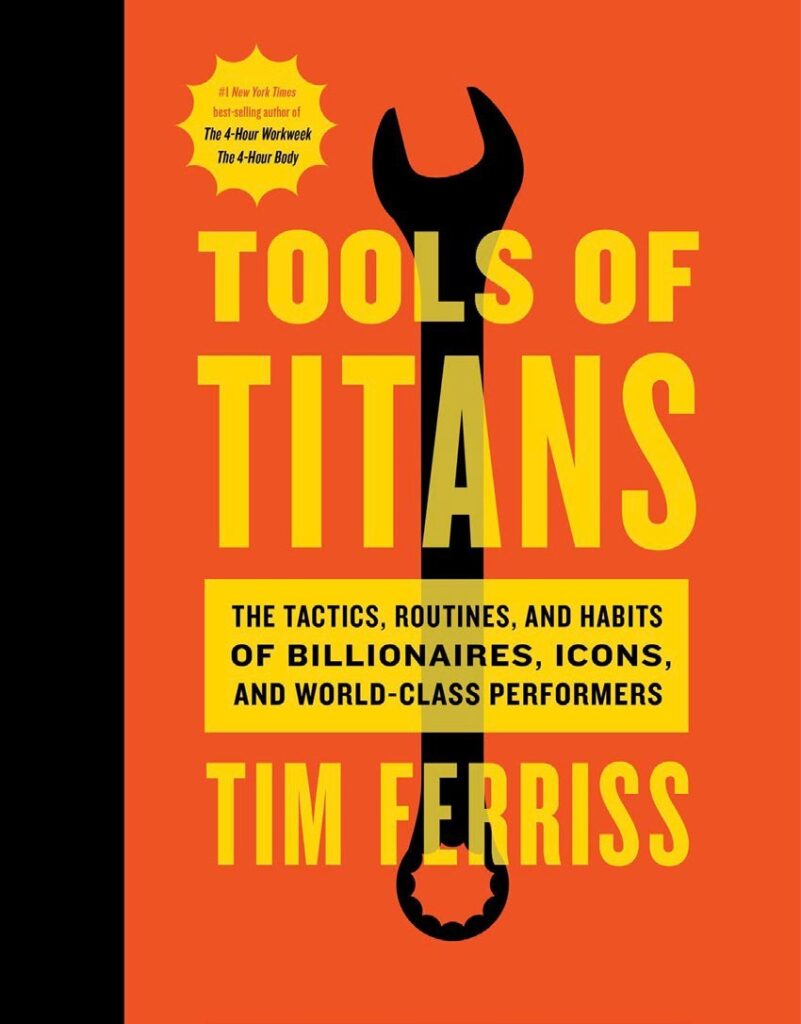
There were distinct patterns about the rituals they had, ranging from getting up early and meditation to gratitude journaling and goal setting.
Transcendental Meditation
I began adopting these one at a time to help change the way I met many of my needs. I had tried mindfulness meditation before, but it never stuck. I took the Transcendental Meditation (TM) course, and within 2 weeks I never needed Ambien again to sleep. Shortly thereafter, I didn’t need any medicine at all.
Learn why Susco subsidizes TM here.
Gratitude
The daily gratitude exercise we do at Susco is actually a mini-version of the one I learned from Positive Psychology experts (see “The Happiness Advantage” or “Positive Psychology”).
This practice involves the following steps:
- Write down three (3) things you’re grateful for (not things you’ve used in the past week).
- Think of a person you’re grateful for and write down three (3) things you admire about them (try not to recycle people for at least 60 days).
- Send that person a text or email letting them know you’re grateful for them and tell them the three (3) things you admire about them.
The act of doing this felt wonderful, and the responses I got sometimes blew my mind. People said things like “Wow, no one’s ever told me that, thank you!
You made my week” and “Omg, thanks. I have to say I appreciated you for _________.”
Positive Ways I Adopted to Meet My Needs
Once I made this shift, I began to fulfill his core needs in positive ways.
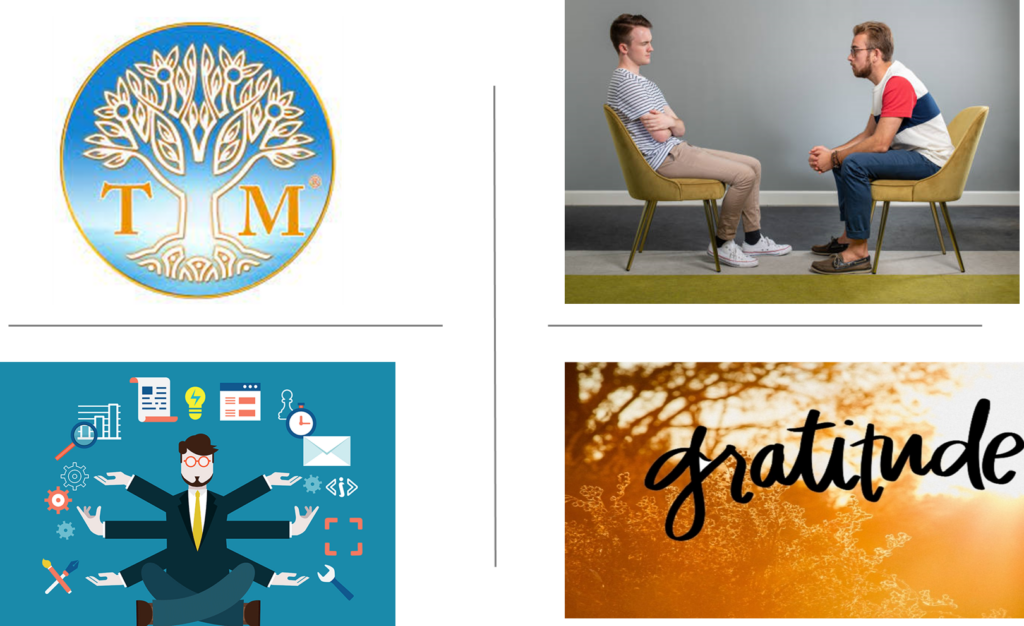
I was attaining certainty through transcendental meditation, consistent morning rituals and getting off all medicine. I was able to get variety from diverse workouts and constantly reading. I felt significant through the act of becoming an expert at something I cared about (fitness, psychology, etc.) I felt a connection when I expressed gratitude for others in my life and had vulnerable conversations with friends.
How I applied the positive coping mechanisms to business
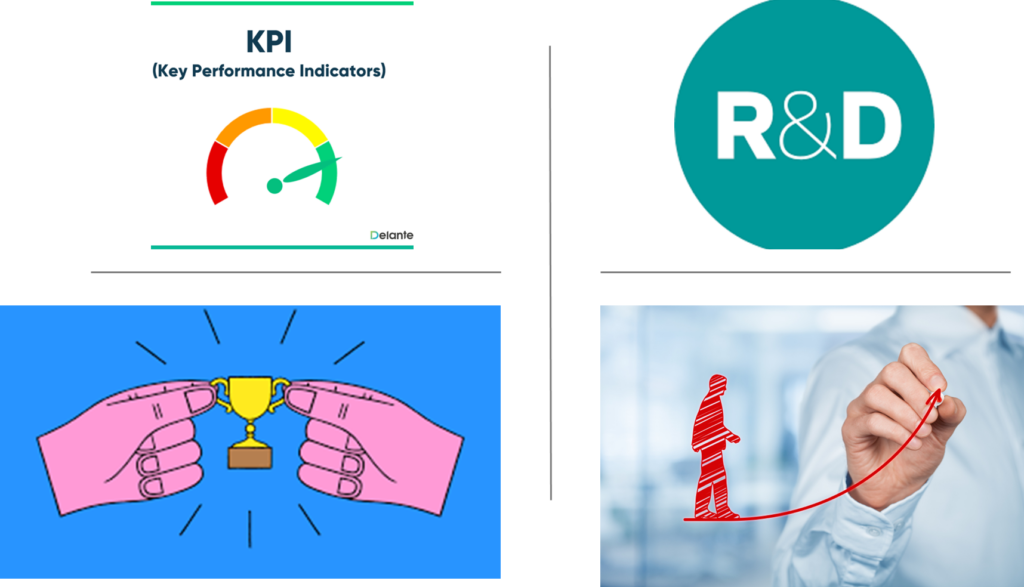
In business, too, I began to see a shift when I fulfilled those core needs in good ways. I began measuring what matters and having recurring check-ins (certainty). I established multiple mid-long term goals, making sure the team had exploratory work (like WayBack Weather) and group activities like WildSparq (variety). I started sharing wins with staff and celebrating people on their anniversary (significance) and establishing the ECI Process, WildSparq, IDP process and empathy during conflict (connection).
Once I was meeting my basic four (4) needs in productive ways, I had a deeper desire for the higher level needs – Growth and Contribution. This also came at a time when Susco was becoming more aggressive about understanding and meeting the needs of clients.
In terms of personal growth needs, I began working out and measuring progress, reading self-development books, peer-learning and hanging out with people with similar values, but different opinions. In business, I dove deep into things like executive coaching, Wildsparq and promoting employees from within. For example, Brent was elevated to a people leader, Sean went from a Junior Developer to Intermediate to Senior-level, and Daniel W. went from being a PM to Manager of PMs.
In the area of personal contribution needs, I aimed to help those less fortunate, mentor people outside of work and raise well-adjusted children. In business, I began sponsoring JA and SOAS, mentoring employees and turning them into leaders within the company.
Common Positive and Negative Coping Mechanisms
Certainty
| Negative | Positive |
| Comfort/Stress Eating | Breathing Exercises |
| Drinking Excessively, Smoking, Recreational Drug Use | Mantra Meditation |
| Controlling other people | Proactively Managing Finances |
| Avoiding something hard you’re worried about failing at | |
| Not letting go of someone because the “devil you know is better than the one you don’t” |
Variety
| Negative | Positive |
| Going out too much | Taking calculated risks towards your goals in life |
| Flirting/Dating others when in a committed relationship | Going on exciting trips or holidays |
| Always starting another project when you get bored of the one you haven’t finished | Choosing a role with a mix of responsibilites |
Significance
| Negative | Positive |
| Having more problems than anyone else! | Academic achievements such as masters’ degrees and PhDs. |
| Always having to have the last word | Climbing the corporate ladder to get to an executive position |
| Having to “win” each argument | Becoming a highly successful musician, painter or athlete. |
| Interrupting Excessively | Volunteering or helping others |
| Talking Down to People |
Connection
| Negative | Positive |
| Joining a gang or a cult | Dating, intimacy, finding the perfect life partner |
| Settling for an average or even a codependent relationship | Joining clubs, social media groups, |
| Gossiping | Going to parties, hanging out with friends |
| Saying “Yes” to others requests when you should say “No” | Interacting with new people on a social level. |
| Walking outside alone to connect to nature |
Dealing with Limiting Beliefs
Why do we often use negative coping mechanisms to serve our needs? Well, they generally come from limiting beliefs. Beliefs mainly come from experiences in the past. They are the way we rationalize events around us, for better or for worse, and sometimes these beliefs aren’t necessarily things you’ve ever verbalized before.
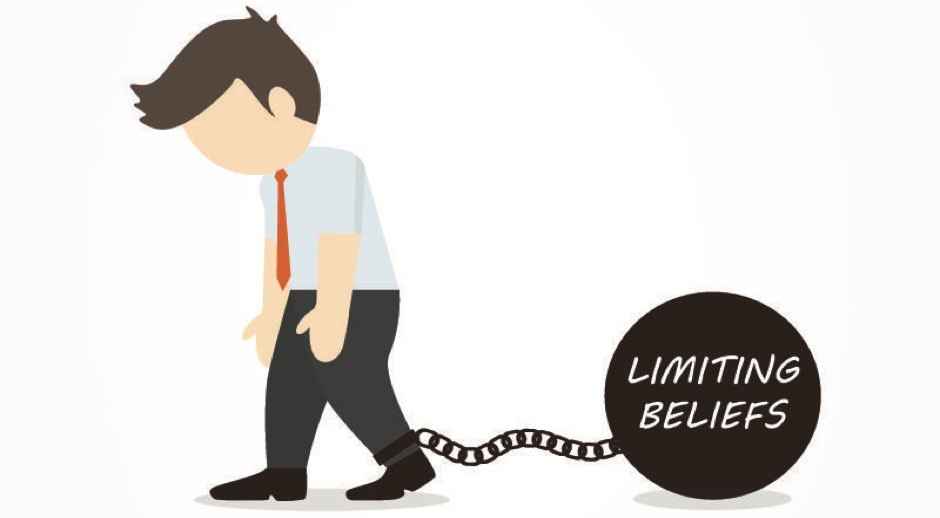
Let’s dive into some of my limiting beliefs, the negative behaviors I adopted because of them and how we can eliminate them.
Limiting Belief About Me 1: Likeability
The year was 1985, and I was super pumped about my 8th birthday party at McDonald’s. I was the new kid in town, and I’d expected to see at least 30 kids there to celebrate with me. It was going to be awesome.

Only two kids showed up that day.
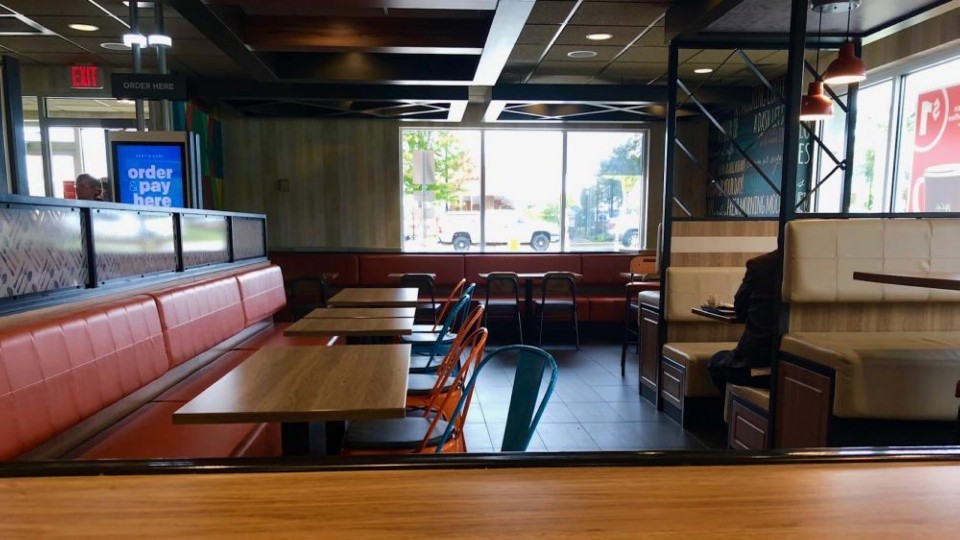
This led me to believe that I wasn’t very likable by the kids in my life. Once this belief took hold of me, I started viewing all future experiences through this lens.
For example, being raised in rural South Carolina, I was occasionally picked on by rednecks. In a class of 30 kids, 29 of them were nice to him, but only one was a jerk. But because of his belief of no one liking me, all I could see was the one person, and it amplified in my mind.
As a result of this belief, I avoided necessary conflict at work. I didn’t negotiate as aggressively as I should have, and in turn ended up punishing my employees. I let bad employees take advantage of their employer.
Limiting Belief About Me 2: Potential

Another example: In the Indian-American hierarchy, the topmost spot is that of doctor. Of all my cousins, I was viewed as possibly the brightest in the bunch. When I went into business and software, everyone was very disappointed that I didn’t become a doctor. This made me believe I wasn’t as good as I could be. I felt that I’d never reach my full potential by going down this path.
I began pushing my people too hard at times. I wasn’t coaching constructively, and I often came across as condescending in his tone. I judged myself too harshly and thought the answer was always to “work harder.” I felt like I didn’t deserve to have a successful business without working like a dog (as opposed to “working smarter”).
Limiting Belief About Others

Another belief I had was that “All white southerners with an accent are bigots.” This came from my childhood experiences and it made me not take those people seriously. Luckily, one of my bosses at Avondale who sounded like Foghorn Leghorn was 1) amazing, 2) kind, 3) coached me aggressively, helping me break this belief.
How to Identify Limiting Beliefs and Manage Them
So, how do you deal with these limiting beliefs?
If you have a memory from more than a couple of years ago, and it still stings when you think about it beyond what makes sense to you, chances are you have a limiting belief because of it.
The first thing you can do is acknowledge the limiting belief, so you can recognize when it’s in the driver’s seat.
Next, you must change the narrative of the root incident. For me, the Mcdonald’s birthday incident might have just been due to summer being a bad time for a birthday party. Me not being a doctor wasn’t about me not fulfilling my potential, it simply wasn’t what I was meant to do in life.
How can we replace these limiting beliefs?
How to Replace Them with Empowering Beliefs
Remember, beliefs are not really provable or unprovable. You can spin that belief in your mind, labeling it as just the opposite, while validating it with history.
I was able to turn “No one likes me” into “I have deep meaningful relationships” with college friends, my current friend group, and the business community.
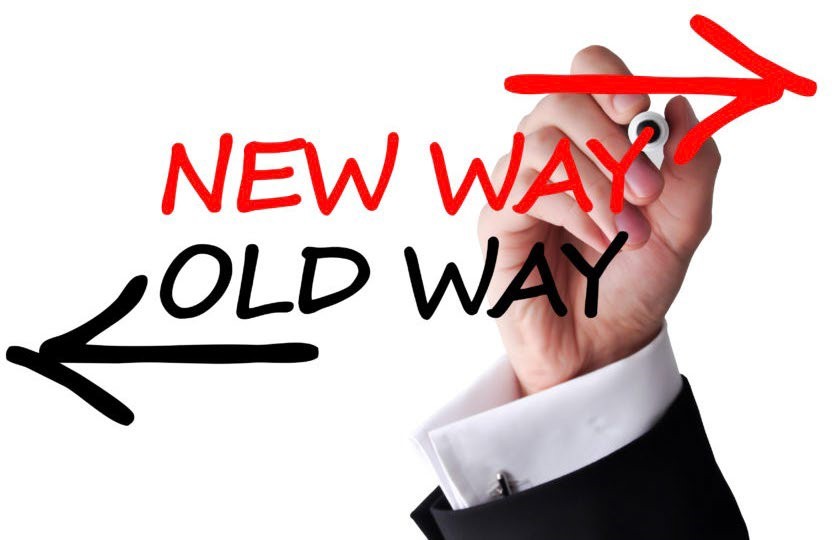
I transformed “I’ll never reach my potential” to “I am constantly growing by learning from all sources.” I took my career into my own hands and made a switch from Engineering to Project Finance to Software, and ended up running a successful business, being mentally and physically healthier and increasing my happiness and quality of life.
Common Limiting Beliefs
About Yourself
- I’m not good enough.
- I don’t have the time.
- I don’t have the resources.
- I don’t have enough experience.
- I can’t do that because I am not…
- I’m not someone who follows through.
- I fear being successful.
- I fear failure.
- I am not as good as others.
- I don’t have talent.
About Others
- All <profession> are <adjective>.
- All <identity group> people are <adjective>.
- All people in authority are <negative adjective here>.
- The world is out to get me.
Managing Change
On Dec 31, 2012, I made the following New Year’s Eve resolutions
- Workout daily
- Go keto
- Quit smoking
- Work less
- Meditate daily

What happened?
- By Jan 15th, he was back to smoking
- By Jan 30th, he stopped meditating
- By Feb 15th, he weighed more than on Dec 31st
This type of radical change management doesn’t work for three (3) main reasons:
- Doing Too Much at Once
- Not Getting Buy-In from Stakeholders
- Being Around the Wrong People
Too Much At Once

Each change makes the other objectively harder. When we try to eliminate and replace too much in our lives, we experience willpower depletion. In order to see real, lasting results, you have to make one a habit (30-60 days), before adding another into the mix.
Not Getting Buy-In from Stakeholders
Your spouse, family and friends need to be aware of and okay with your crankiness as you make transitions in your life. You may need special support, like cooking healthy dishes you can eat or not buying what you shouldn’t have.

Being Around the Wrong People

Hanging around friends with bad habits will make it less likely that you actually change. People that don’t believe in growth will consciously or subconsciously not support you or worse, sabotage you. It’s critical to surround yourself with people who are on your team.
Applying to Business
Doing Too Much at Once
Susco has had countless clients who have insisted on dramatically changing the business processes during a legacy system conversion instead of waiting until it goes live. Guess what? The project always fails!
Not Getting Buy-In from Stakeholders
Your team needs to agree the change is worth the pain. If they don’t, maybe you haven’t articulated the pain clearly enough for them.
Everyone involved should be on the same page, understanding what they are signing up for and why it’s worth all the effort.
Being Around the Wrong People
If you’re flexible about the “how” and you find that people around you don’t agree with the Vision or Why, something has to change. Possibly someone. Don’t be afraid to adjust the crew around you or be candid with your team about where the ship is headed.
Personality
Personality traits give us insights into our “natural inclinations”. They come from a combination of genetics and things we experienced in childhood. Unlike coping mechanisms for needs and beliefs, it’s harder to move these.
But remember, Personality is not Destiny. It just lets us know what comes easy to us and what’s harder for us.
There are no “good” or “bad” personality traits. The reason we vary is that we need people of all types to function as a society.
Big 5 Model of Personality
This is considered the most psychometrically valid of all personality models. The tools we use at Susco are all derivatives of the Big 5. Each of the 5 traits have 2 major aspects.
| Trait | Aspects | Aspects Definition |
| Openness to Experience (Creativity, artistic interest & intelligence) | Openness | creativity and aesthetic sensitivity |
| Intellect | interest in abstract concepts and ideas | |
| Conscientiousness (Dutiful Achievement) | Industriousness | the ability to engage in sustained, goal-directed effort |
| Orderliness | the tendency to schedule, organize and systematize | |
| Extraversion (Sensitivity to Positive Emotion) | Enthusiasm | spontaneous joy and engagement |
| Assertiveness | social dominance, often verbal in nature | |
| Agreeableness (Interpersonal Interaction) | Compassion | the tendency to empathically experience the emotion of others |
| Politeness | the proclivity to abide by interpersonal norms | |
| Neuroticism (Sensitivity to Negative Emotion) | Withdrawal | the tendency to avoid in the face of uncertainty |
| Volatility | the tendency to become irritable and upset when things go wrong |
These aspects are important because 2 people can be the percentile in Trait level but manifest the aspects differently in very important ways. For example, John Doe and Jane Smith could both be 50th Agreeableness but be very different. John may be 50th percentile for politeness and compassion while Jane could be 5th percentile for politeness and 95th percentile for compassion.
Help you understand Yourself
How do you meet your needs?
- High Compassion -> Connection/Love
- High Neuroticism -> Certainly
- High Industriousness -> Achievement
- Low Agreeableness -> Significance
Help you understand others
- Why wife is very orderly – that’s why dirty dishes drive her nuts! She’s not trying to be mean to me!
- My buddy is introverted, so don’t ask him to go out 3 nights in a row.
- My mom is agreeable, so make her feel safe in asking for what she wants.
- My employee is neurotic, let them know everything is OK when giving them negative feedback.
Pulling it all together: Purpose/Vision/Goals Revisited
Vision: Are you ready to stretch your Personality?
Now that you’ve created a Vision across the different areas of life, you can compare this vision with your natural inclinations based on personality. You should use the comparison to assess if your goals will be easy or hard based on your personality. You may end up revising some of your vision, or you may keep them the same but be aware you’ll have to work hard in a certain area to get a result.
Note: Personality is NOT destiny. Personality traits give us insights into our “natural inclinations;” but personality does not control us. If someone has a goal that is meaningful to them, but it also requires behavior that is not aligned with a personality trait, it still may be important enough to pursue. Changing your natural inclinations can be difficult, but it is NOT impossible. And sometimes, the rewards are worth it. (We just have to be honest with ourselves and use that information to our best advantage.)
Let’s consider some sample Best Case Scenarios, with aligned trait scores, hypothetical trait scores, and potential actions.
| Best Case Scenario | Aligned Trait Scores | Hypothetical Trait Scores | Possible Actions |
| Career: I want to run my own company. | High Composure & Determination | Composure – 20% Determined – 30% | Running a company is a high-stress job that requires a lot of work. Be prepared to install a lot of micro-habits to deal with stress. You also will probably need to work longer hours than come naturally to you. |
| Friends: I’m only interested in having a couple friends I see infrequently | Low Extroversion | Extroversion – 90% | You may be selling yourself short here because your high extroversion means you get a lot of joy from social engagement |
| Career: I want to develop people and be someone they can lean on. | High Nurturing | Nurturing – 20% | A big part of being a people leader is having compassion for the other and being encouraging. You may have to use lists of talking points to make sure you elicit compassion from yourself to help the other. |
| Community: I want to lead a non-profit on the side. | High Leadership & Toughness | Leadership – 30% Tough – 40% | You may need to take assertiveness-training classes to make sure you’re heard in that setting. (Leadership). You may need to argue when you don’t feel like it (Tough) |
| Finances: I want to always be on top of where my money is | High Detailed & Reliable | Detailed and Reliable – 10% | You may need coaching on developing a process to track your finances that’s easy to follow. |
| Fun and Leisure: I want to be able to enjoy downtime with friends and family. | Low Determination | Determined – 90% | You love hard work. You may benefit from meditation or some other practice to help you relax and get your mind off constant achievement |
Goals: Are YOU the blocker?
- Needs
- Is your need for certainty preventing you from starting a stretch goal?
- Is your need for significance preventing you from getting better at “hearing difficult clients”
- Is your need for variety preventing you from achieving a goal that requires a LOT of concentrated effort?
- Is your need for connection preventing you from hitting a goal of “Learning to say no”
- Managing Change
- Do you have too many concurrent actions?
- Are actions/goals in conflict? (should they be sequential?)
- Is your wife/boss ready to support your goal?
- Are you spending time with people holding you back?
- Beliefs
- Are you struggling with coaching because you don’t trust your leader?
- Do you not feel you’re good at writing so won’t try to do a role that requires it?
- Do you believe no one listens to you so you’re apt to interrupt?
Appendix
Tactical Support Articles
- Transcendental Meditation
- Huberman Toolkit for Sleep
- Carnivore Diet
- Athletic (15% BF) → Fitness model (8-10%) while socially drinking/eating.
- Supplements
- NAD+ Biohacking Log
- Books to Level Up
- How I conquered 4am
- Personal + Leadership Transformation Video
Stats to Support My Purpose
| Change | Result |
| IMPACT OF MEDIA CONSUMPTION | |
| 90% more news consumed per day (36 min -> 70min) 300% more new consumed by minors per day (15min –> 57min) 90% of news stories are negative in nature. | Exposure to negative news increases the risk of mental health issues of minors by 20%. More exposure = more increased risk We focus & remember negative information twice as well as positive information. |
| We are exposed to 250% more daily ads now than in 1970. (2,000 -> 5,000) | Over 50% of ads sell to us by making us feel “less complete” without the item they are selling. |
| 8 to 12-year-olds spend 5.5 hours/day on social media 13 to 18-year-olds spend 8.5 hours/day on social media | Children that use social media are 20% more likely to develop mental health disorders than children who do not use social media. |
| IMPACT OF HOUSEHOLD MAKEUP | |
| 160% increase in single-parent households (10.2% -> 26.5%). | Children are 50% more likely to experience mental health problems than children raised in two-parent households (10% vs 15%). |
| 63% increase in fatherless households (14.7% -> 23.9%). | Shared risks Increased risk of behavioral, emotional, academic problems. Increased risk of early sexual activity, and teen pregnancy. In addition to these shared risks, there are some specific ways that fatherlessness can impact boys and girls differently. Boys Boys who grow up without fathers are more likely to have difficulty trusting authority figures, developing healthy relationships with women, and engaging in risky behaviors, such as violence and substance abuse. They may also be more likely to experience problems with their own identity and self-esteem. Girls. Girls who grow up without fathers are more likely to have low self-esteem, engage in risky behaviors, and have problems in their romantic relationships. They may also be more likely to experience depression and anxiety. |
| IMPACT OF LOSS OF MEANING-RELATED ACTIVITIES | |
| 11% decrease in the adults with children (53%-47%). | 70% of adults derive meaning from having children. |
| 26% fewer people in the 18-29 y/o range believe in a higher power (95% -> 70%) | Believers in a higher power are 100% more likely to self-report as “very happy” than non-believers (42% -> 21%) 72% of them report that this gives them a sense of purpose, meaning, and direction |
| 15% fewer people derive meaning from their work (61% -> 52%) | Meaning from work provides… Increased job satisfaction. Improved mental and physical health. Greater resilience. Stronger relationships. Increased self-esteem. A sense of purpose. |
| IMPACT OF FOOD / EXERCISE | |
| 12% increase in daily caloric consumption (2,224 -> 2,481) 10% increase in daily carb consumption (225g -> 247g )60% increase in binge-eating disorder (2.8% -> 4.7%) 27% decrease in adults getting adequate exercise (56% -> 41%) | 274% more people are obese. (15% -> 42.4%) Obese people encounter… 55% increased depression rates 25% increased anxiety rates 12% decreased productivity 30% decreased fertility |